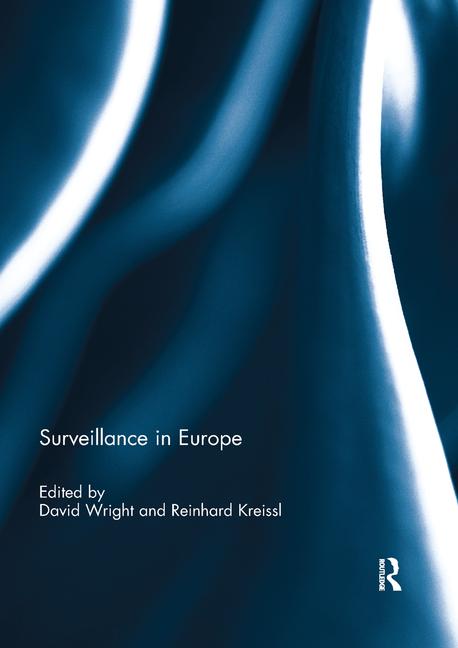i-PRO Cameras Announce Support for Docker

i-PRO Co. recently announced Docker container support on its new X Series line of AI-enabled cameras. Docker containers directly support i-PRO’s open platform development initiatives by providing a standardized way for application developers to rapidly advance the AI capabilities of i-PRO edge devices.
Docker provides a secure, containerized environment to run custom applications while facilitating easy integration with cloud services. The environment offers a protective barrier, preventing direct access to the core operating functions of the camera, ensuring cybersecurity while allowing maximum flexibility.
“We were looking at ways to run more operations on-camera,” said Rui Barbosa, category manager for surveillance products, i-PRO Americas. “The camera has finite resources — like its CPU and RAM — and we had to balance the operation of the camera with running Docker and other applications.”
Using Docker containers enables the modularization of different AI components. By encapsulating various functionalities within separate containers, it becomes easier to manage and maintain the overall system. Additionally, Docker allows for easy scaling of the AI components by running multiple instances of containers across distributed edge devices.
“It also includes the ability to enable up to three other cameras to have AI capability by relaying through one AI-enabled camera,” Barbosa said.
According to i-PRO, Docker makes building applications easy. For example, Microsoft’s Azure IoT Edge allows developers to design intelligent apps in the cloud and deploy them directly to IoT devices using Docker containers. A Docker layer not only improves accessibility for traditional analytics providers but also extends the camera’s utility as an IoT data collection point, enabling companies to associate video and AI metadata with additional digital transformation initiatives.
“Docker opens up a whole different world of development,” Barbosa said. “Instead of having to rely on edge manufacturers, developers can now easily adopt applications developed for Docker on our cameras.”
i-PRO offered the following analogy: Docker containers can be likened to virtual apartments in a large apartment building. Imagine you own a large building (a computer), and inside it, you can have several self-contained apartments (Docker containers). Each apartment is a private space where someone can live (run an application or process) without interference from others, but all apartments share the same underlying structure of the building (the operating system kernel).
Just as an apartment can be designed to have its own furniture, settings, and utilities (like water and electricity) to make it livable, a Docker container includes an application and all the elements it needs to run independently. This means you can have multiple different environments in the same building: one apartment could be a cozy studio with minimalist decor (a simple application), another could be a family-sized space with lots of rooms and features (a complex application).
The beauty of using Docker containers is similar to the ease of apartment living. You don’t need to build a new building to create a new living space; you just create a new apartment. Similarly, you don't need to set up a new computer or fully-fledged operating system to run a new application; you simply spin up a new container. This approach makes it very efficient and convenient to deploy, run, and manage applications across different environments, according to the company.
“This ties into one of our principles: Open architecture, open platform — these are the things we value,” Barbosa said. “When we spun out on our own, that was the number one thing we had to change immediately. We felt kind of closed off and like we only worked with our own stuff. Now, we’re open with as many partners as we want to integrate with or that want to integrate with us. Having an open platform like Docker is that next step.”
With support for up to nine AI applications, the X Series line is the most powerful AI camera to date from i-PRO. It supports AI on-site learning while also providing powerful AI features to additional non-AI network cameras. AI on-site learning lets operators teach the camera about unique objects they wish to identify, search for, or track. For example, the camera might be taught to recognize a logo on a truck and send out an alert when it arrives at the loading dock. Likewise, it could count pallets being unloaded off a truck.
The AI processing relay application enables a single X Series camera to add AI metadata to up to three additional, non-AI cameras, even those from other manufacturers. This extends the useful life of network cameras that might be hard to reach and replace without causing significant interruption to operations. Processing multiple AI-based analytics on the edge reduces the need for expensive back-end servers and minimizes notification delays.
Looking for a reprint of this article?
From high-res PDFs to custom plaques, order your copy today!









